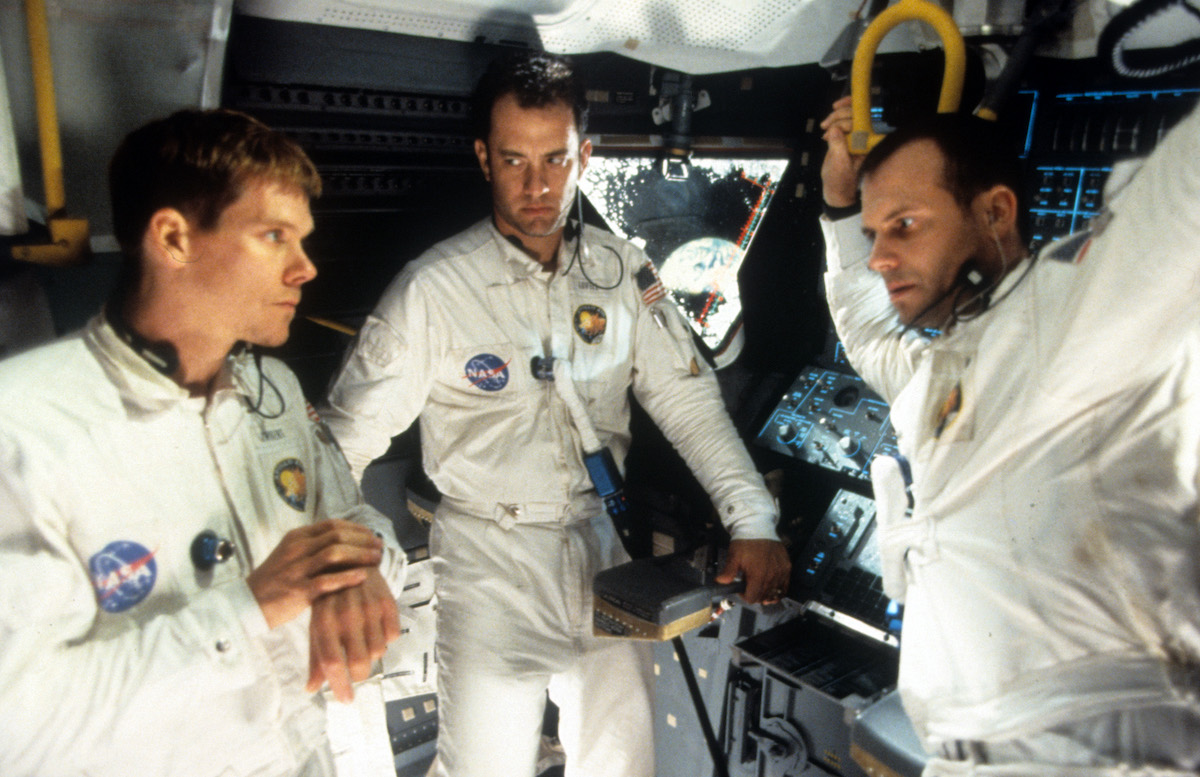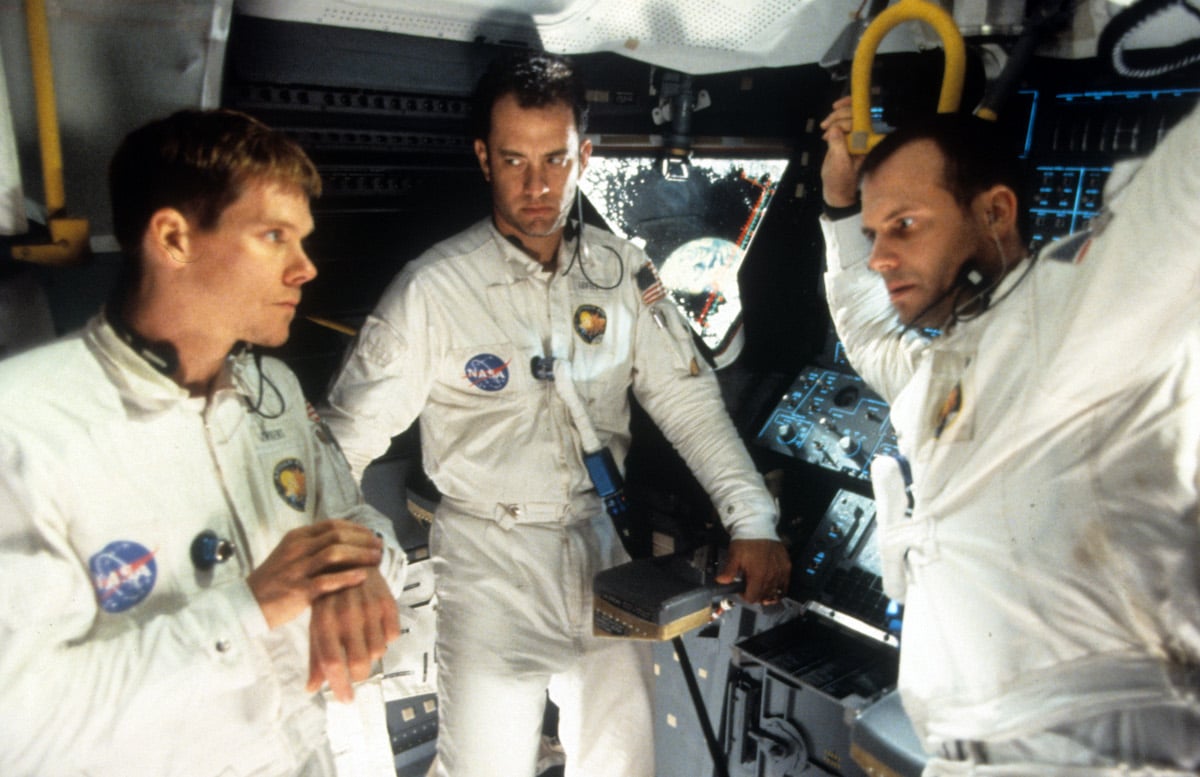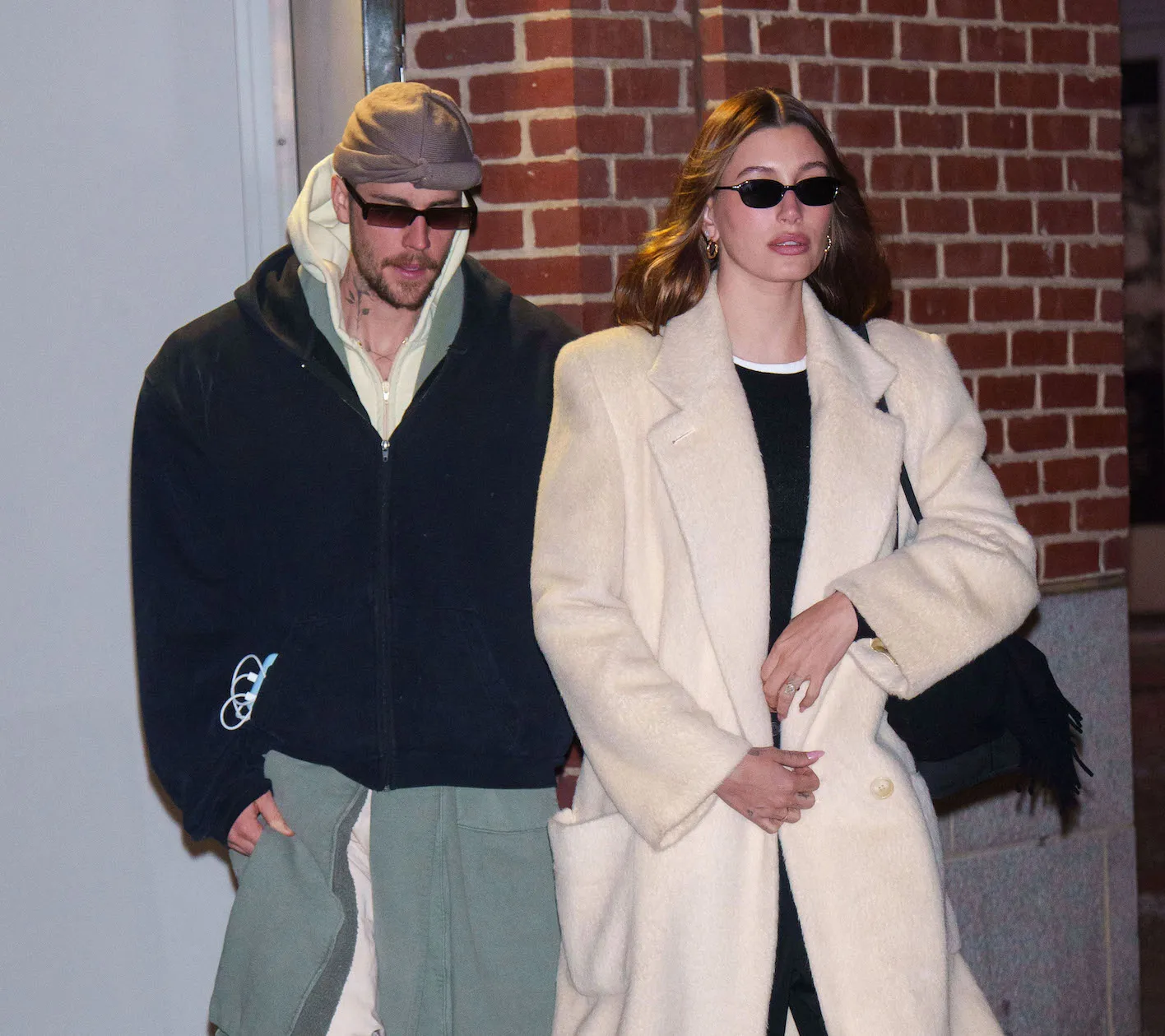
Ron Howard Used Real Mission Control Transcripts When Writing ‘Apollo 13’
Movies are usually a nice escape. They provide viewers with a way of immersing themselves in entirely fictional universes or historical eras. However, biographical movies are usually more accurate than others, and 1995’s Apollo 13 is a testament to that.

The movie had great visuals and action sequences and gave an accurate retelling of the actual events that took place during the mission. Ron Howard even used real Mission Control transcripts when writing Apollo 13.
The true story of ‘Apollo 13’
Apollo 13 was the seventh crewed mission in the Apollo space program consisting of astronauts Jack Swigert, Jim Lovell, and Fred Haise, according to History. It was meant to be the third lunar landing mission after Apollo 11 under Neil Armstrong and Buzz Aldrin and Apollo 12. However, the three astronauts never made it to the moon.
The spacecraft was launched on April 11, 1970, but an oxygen tank aboard the craft exploded two days later. The crew looped around the moon as Mission Control tried to find an emergency plan to ensure the three astronauts were rescued and got back home safely.
The explosion in the service module disabled the ready supply of oxygen and cut the lights, water, and electricity. This meant that the command module had to be shut down to ensure the astronauts had enough resources for reentry. The astronauts were forced to move to the Lunar Module as a lifeboat, which could only support two people for less than two days (45 hours).
Mission Control scrambled to find a way to make the Lunar Module support three men for 90 hours. Meanwhile, the Apollo 13 crew faced significant hardship, including limited power, carbon dioxide poisoning, and a chilly and wet cabin. Thanks to a joint effort, the crew survived, and on April 17, 1970, they landed safely in the Pacific Ocean.
Ron Howard used real transcripts for ‘Apollo 13’
Howard wanted everything to be authentic for the 1995 movie. The director was even offered a Mission Control room by NASA to film but turned it down, opting to make one out of scratch.
Howard also enrolled the actors playing flight controllers into a Flight Controller School under the tutelage of Apollo 13 flight director Gerry Griffin and flight controller Jerry Bostick.
The actors reviewed hundreds of pages of real transcripts, studied audiotapes, and even took a crash course in physics.
The 1995 film dramatized the story of Apollo 13. But how accurate is it?
Lovell retired in 1991 and decided to write a memoir. The former astronaut had spent a lot of time in space before the Apollo 13 mission, so he knew a lot. As he started writing, a journalist named Jeffrey Kluger contacted him.
Kluger was authoring a book about the Apollo 13 mission, so the two joined forces and shopped a proposal to different studios in Hollywood. The movie starred Tom Hanks as Lovell, Kevin Bacon as Swigert, and Paxton as Haise. Apollo 13 was released in June 1995 to critical and commercial success. The film earned $355.2 million and holds a 96% score on Rotten Tomatoes.
Retired astronaut Chris Hadfield lauded Apollo 13 for its historical accuracy. Speaking to Vanity Fair, Hadfield said, “Apollo 13 tells the story of an explosion that actually happened on the way to the moon. Really good movie. Maybe the most realistic of all of the space movies.”
Hadfield also explained that whenever astronauts talk on the radio, they have first to address the location, thus explaining the iconic “Houston, we have a problem line.” Hadfield lauded the 1995 film and its portrayal of the goings-on, saying, “The way it’s portrayed in Apollo 13, it was a terrific dramatic example of it. But it’s almost textbook of what happens.”


